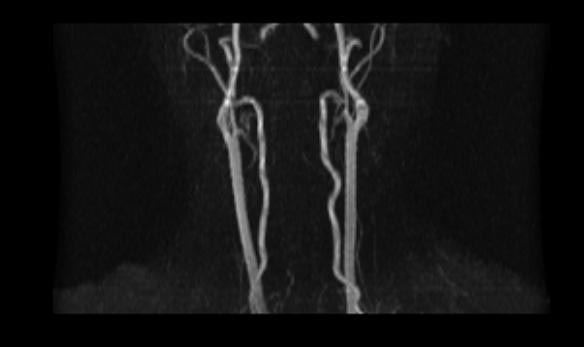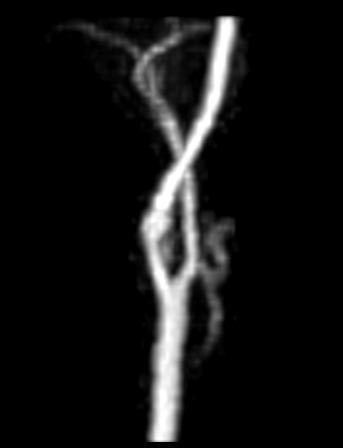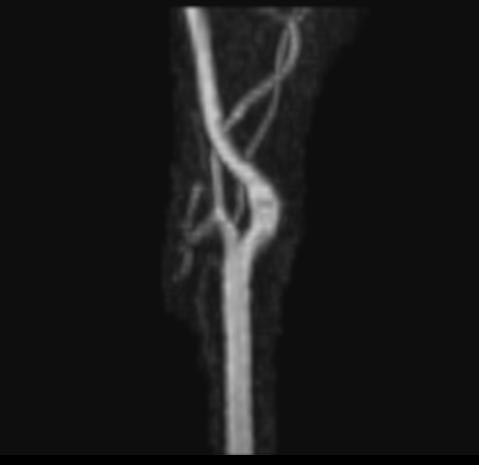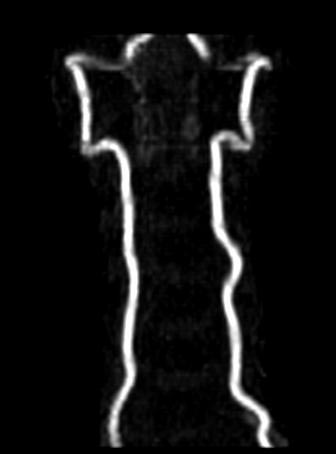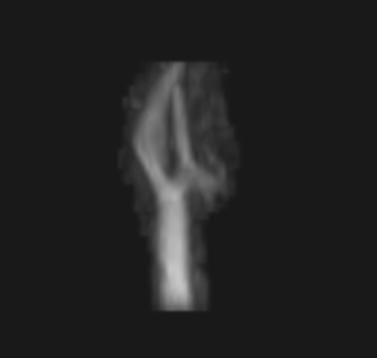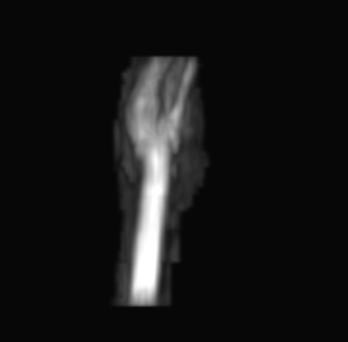Neck
 From Wikidoc - Reading time: 3 min
From Wikidoc - Reading time: 3 min

|
WikiDoc Resources for Neck |
|
Articles |
|---|
|
Media |
|
Evidence Based Medicine |
|
Clinical Trials |
|
Ongoing Trials on Neck at Clinical Trials.gov Clinical Trials on Neck at Google
|
|
Guidelines / Policies / Govt |
|
US National Guidelines Clearinghouse on Neck
|
|
Books |
|
News |
|
Commentary |
|
Definitions |
|
Patient Resources / Community |
|
Directions to Hospitals Treating Neck Risk calculators and risk factors for Neck
|
|
Healthcare Provider Resources |
|
Continuing Medical Education (CME) |
|
International |
|
|
|
Business |
|
Experimental / Informatics |
Editor-In-Chief: C. Michael Gibson, M.S., M.D. [1]
Overview[edit | edit source]
The neck is the part of the body on many limbed vertebrates that distinguishes the head from the torso or trunk.
Anatomy of the human neck[edit | edit source]
Bony anatomy: The cervical spine[edit | edit source]
The cervical portion of the human spine comprises seven bony segments, typically referred to as C-1 to C-7, with cartilaginous disks between each vertebral body. The neck supports the weight of the head and protects the nerves that travel from the brain down to the rest of the body. In addition, the neck is highly flexible and allows the head to turn and flex in all directions. From top to bottom the cervical spine is gently curved in convex-forward fashion. It is the least marked of all the curves of the column.
Soft tissue anatomy[edit | edit source]
In the middle line below the chin can be felt the body of the hyoid bone, just below which is the prominence of the thyroid cartilage called "Adam's apple," better marked in men than in women. Still lower the cricoid cartilage is easily felt, while between this and the suprasternal notch the trachea and isthmus of the thyroid gland may be made out. At the side the outline of the sternomastoid muscle is the most striking mark; it divides the anterior triangle of the neck from the posterior. The upper part of the former contains the submaxillary gland also known as the parotid glands, which lies just below the posterior half of the body of the jaw. The line of the common and the external carotid arteries may be marked by joining the sterno-clavicular articulation to the angle of the jaw.
The eleventh or spinal accessory nerve corresponds to a line drawn from a point midway between the angle of the jaw and the mastoid process to the middle of the posterior border of the sterno-mastoid muscle and thence across the posterior triangle to the deep surface of the trapezius. The external jugular vein can usually be seen through the skin; it runs in a line drawn from the angle of the jaw to the middle of the clavicle, and close to it are some small lymphatic glands. The anterior jugular vein is smaller, and runs down about half an inch from the middle line of the neck. The clavicle or collar-bone forms the lower limit of the neck, and laterally the outward slope of the neck to the shoulder is caused by the trapezius muscle.
Diagnostic Findings[edit | edit source]
MRI[edit | edit source]
-
MRI: Normal neck
-
MRI: Normal neck
-
MRI: Normal neck
-
MRI: Normal neck
-
MRI: Normal neck
-
MRI: Normal neck
Neck pain[edit | edit source]
Disorders of the neck are a common source of pain. The neck has a great deal of functionality but is also subject to a lot of stress. Common sources of neck pain (and related pain syndromes, such as pain that radiates down the arm) include:
- Whiplash, strained muscle or other soft tissue injury
- Cervical herniated disc
- Cervical spinal stenosis
- Osteoarthritis
- Vascular sources of pain, like arterial dissections or internal jugular vein thrombosis
See also[edit | edit source]
- Anterior triangle of the neck
- Posterior triangle of the neck
- Throat
- Anatomy
- Hanging
- Torticollis
- Vertebra
- Spinal cord
- Chronic pain
- Nape
External links[edit | edit source]
- Back Pain and Neck Pain Information for Patients
- American Head and Neck Society
- Shoulder and Neck Pain
- The Anatomy Wiz.: An Interactive Cross-Sectional Anatomy Atlas
Template:Human anatomical features
Template:Head and neck general
ar:رقبة
ca:Coll (anatomia)
cs:Krk
da:Hals
de:Hals
et:Kael
eo:Kolo
eu:Lepo
ko:목
it:Collo
he:צוואר
la:Collum
nl:Nek (anatomie)
nn:Hals
sq:Qafa
simple:Neck
sk:Krk
fi:Kaula
sv:Hals
yi:גענאק
 KSF
KSF